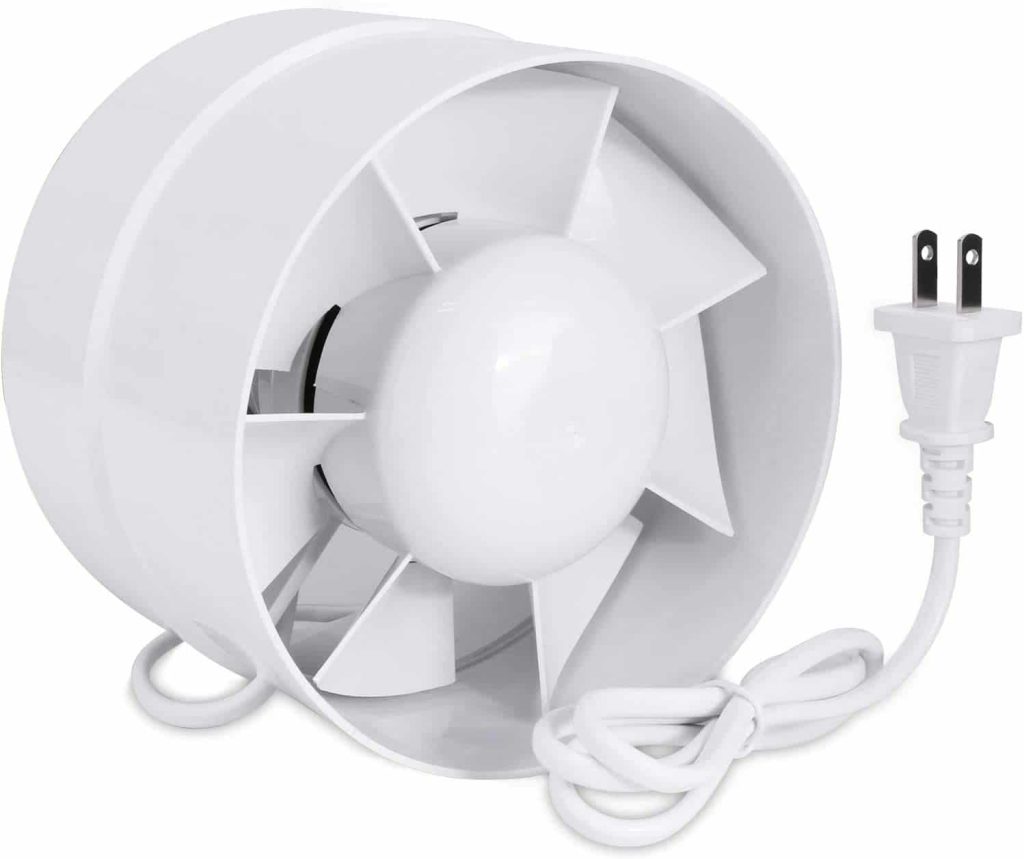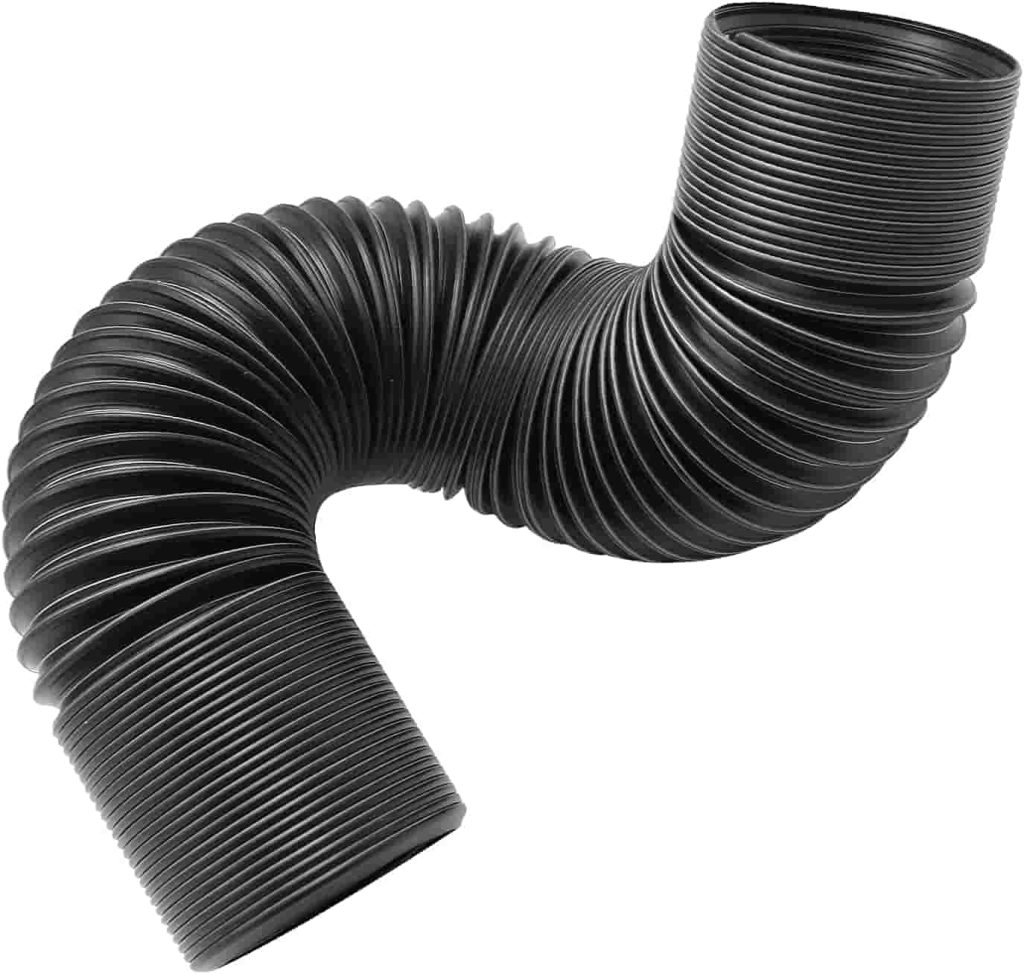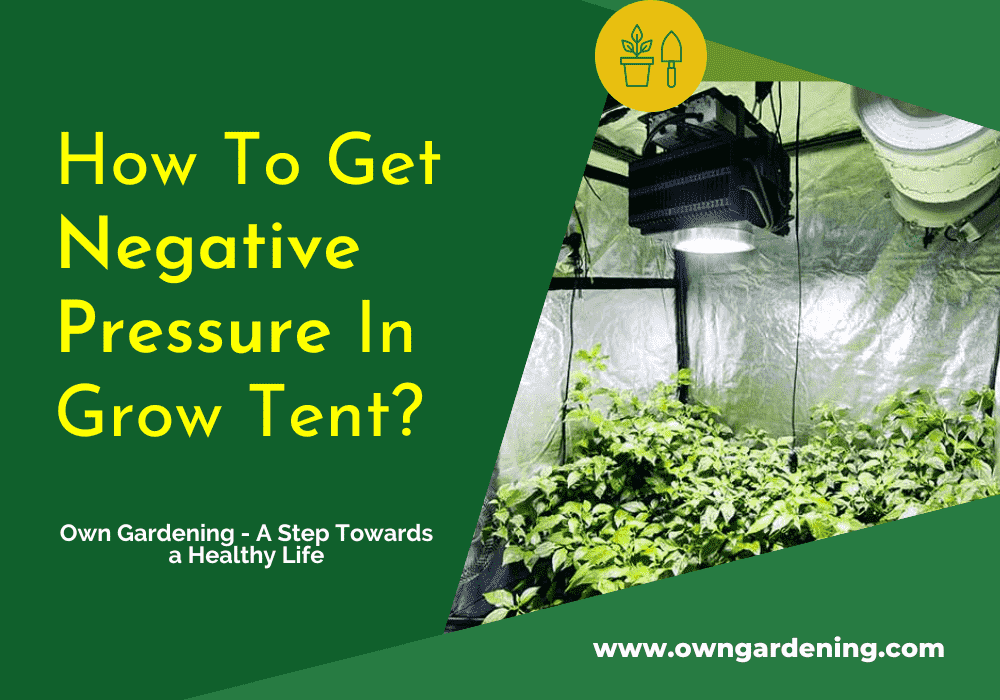As an indoor gardener, the ultimate goal is to replicate an environment that resembles the natural habitat of where plants grow. However, indoor gardening involves highly controlled environments that are simple and require minimal effort but produce high yields.
Airflow, in other words, pressure, is determined by the ventilation system. You can negative pressure by ensuring the amount of air that gets out of the grow tent is more than the amount of air getting into the tent. The grow tent should have a larger outtake fan than the intake fan.
Negative pressure has benefits such as ensuring odors do not escape your grow tent. It also keeps humidity and temperature in check. So, perhaps you want to know how to get negative pressure in grow tent? Let’s get started.
How To Get Negative Pressure In Grow Tent?
Here are some tips:
- An outtake fan(exhaust fan) is more robust than an intake fan. You can categorize exhaust and intake fans in cubic meters per minute(CFM).
CFM means how much air a fan can replace per minute.
As a general rule, I recommend using an exhaust fan that is 100 CFM higher than the intake fan. For example, if you use a 200 CFM intake fan, your exhaust fan should be a 300 CFM fan.
- Another way is combining a highly powered exhaust fan with a non-active intake fan. The exhaust fan will extract the air out of the grow tent while also bringing in air through the dormant intake fan.
- The size of your fans is determined by the size of your grow tent and the volume of air you want to circulate. I always ensure that my exhaust fan is more powerful than my intake fan.
A negative pressure tent has its walls sucked in(slightly concave). The negative pressure creates a vacuum inside the grow tent, which means there is a lower pressure in the tent compared to its surroundings, leading to the grow tent walls pulling in.
How Does Negative Pressure Affect Plants
Negative pressure is both advantageous and disadvantageous to plants in the following ways.
Pros
- It regulates and maintains the temperature, humidity, and CO2 levels. It keeps their levels in check at a steady rate that does not stress your plants.
- It allows you to make a few minor tweaks to the atmosphere for your plants at their different growth phases.
- The negative pressure also evacuates hot and humid air from the grow tent at a consistent rate, ensuring a stable atmosphere in your grow tent.
- It prevents mold or mildew formation on your plants.
- Negative pressure ensures odors from the grow tent do not escape the area by pulling out all the odor and unwanted impurities such as heat and excess CO2.
Cons
- If there is too much negative pressure, the grow tent walls pull in, squeezing the plants, and causing them to get stressed, which results in low yields.
- Negative pressure does not prevent pests and pathogens from attacking the plants, unlike positive pressure, which creates a barrier between the tent and the environment.
How To Reduce Too Much Negative Pressure In Grow Tent
Too much of anything is poisonous, right? Therefore, too much negative pressure in grow tent can be detrimental to the growth of your plants.
The most common indicator of too much negative pressure is when you see the tent poles bending inwards.
Here are a few ways of reducing negative pressure in the grow tent.
If You Use A Dormant Intake Fan, Switch To An Active One

There is a guarantee that more air enters the tent than is being evacuated. Consequently, the negative pressure inside the tent will decrease.
Add Intake Duct

I mostly resolve negative pressure by installing an additional intake duct at the bottom of my grow tent. However, you must take caution when utilizing intake ducts. Why? Because if you choose a straight duct, the light will penetrate your tent, causing your plants to wake.
To prevent light from entering the tent, I use S-shaped intake ducts or place a cardboard box at the end of the intake duct. You can also use gaffer tape or duct cloth or direct the opening of the duct to a dark side.
Use a Light-Proof Ventilation Flap
Opening up a ventilation flap increases the tent’s air, reducing the negative pressure.
However, if your plants are in a dark cycle, I recommend using a light-proof flap or opening the flap only when it is dark.
Use A Fan Controller
If you have an exhaust fan with a significantly higher CFM than the intake fan, this automatically leads to too much negative pressure in grow tent. The solution is to obtain a fan controller to regulate the CFM of the exhaust fan.
Place the controller in your extract fan and test how much CFM brings about a manageable level of negative pressure. Once you establish it, set an on-off schedule for your fans.
Positive Vs. Negative Pressure In A Grow Tent
Positive pressure is the opposite of negative pressure, where air intake in a grow tent is more than the air extracted. It leads to the grow tent ballooning, i.e., the walls tend to push outward, forming a convex shape.
| Positive pressure | Vs. | Negative pressure |
| Walls of the tent push out, forming a convex shape. | The tent’s walls pull in, forming a concave shape | |
| To achieve positive pressure, the grow tent needs a bigger intake fan than an outtake fan. | The grow tent needs a bigger outtake fan to achieve negative pressure than an intake fan. | |
| The air intake is more than the air extracted from the tent. | The air outtake is more than the air intake. | |
| It does not keep the odor from leaking from the grow tent. | It prevents odor from leaking from the grow tent. | |
| It is challenging to control the environmental conditions inside the grow tent. | With negative pressure, the grower can easily control the temperature and humidity to suit the plants at their various life stages. | |
| It creates a barrier that keeps pathogens from getting into the grow tent. | It does not hinder pests from attacking the plants. | |
| It can lead to condensation and stale air in the grow tent, leading to mildew and mold. | It prevents the formation of mildew or moss because there is no condensation. |
Do Sealed Grow Rooms Need Negative Pressure?
The primary purpose of having sealed grow rooms is to have an environment that is not interfered with by any external factors. So no, sealed grow rooms do not need negative pressure.
The sealed room design is to have their environmental conditions perfectly controlled by the grower to suit the needs of the plants. So negative or positive pressure spoils the whole point of having a sealed grow room.
FAQ
Here are some other questions you may want answers to.
Do Mushrooms Grow Tents Require Positive Or Negative Pressure?
For maximum yields, mushroom grow tents require positive pressure.
Mushrooms are highly dependent on fresh air. They need air intake at least four times per hour.
Therefore, the grow tents should have an intake fan with a CFM of four times per hour.
Is Negative Pressure Bad In A Grow Tent?
No, negative pressure is not bad in a grow tent. It is recommendable because it is easier to control conditions in a negative pressure tent than in a positive pressure tent. Odors do not leak from the grow tent, and there is no mildew or mold growth on your plants.
The problem arises if there is too much negative pressure in the grow tent.
Is It Better To Have Positive Or Negative Pressure?
I highly recommend negative pressure to positive pressure. Because with negative pressure, you can easily control the conditions to suit your plants’ needs.
However, this may vary according to various environments and the plants being grown in the grow tent. Positive pressure is very efficient for plants that require fresh air, e.g., mushrooms.
Conclusion
Now you know how to get negative pressure in grow tent. Negative pressure requires more air extraction than the air entering the grow tent. Remember when there is too much negative pressure, the poles pull together with the tent’s walls. Use the steps above to resolve negative pressure.
The advantages of negative pressure are it keeps mildew and moss from forming on your plants; it ensures maximum yields, and the grower can control the grow tent’s environment to suit the needs of their plants.
I hope this article helped you understand how to get negative pressure in growing tents and the difference between positive and negative pressure.

